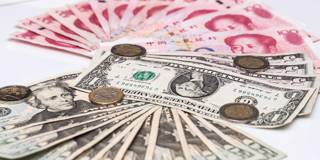Standard calculations of a country’s real effective exchange rate (REER) ignore global value chains that spread production processes across countries. Taking this factor into account leads to more accurate REER calculations, which can have profound policy implications.
NEW YORK – The real effective exchange rate (REER) may sound arcane to non-economists, but it is one of the most important international financial indices. The REER is a summary index that tracks the difference in the prices of goods produced by a country and its trading partners. Other things being equal, an increase in a country’s REER indicates a loss of trade competitiveness. And rising current-account imbalances are often associated with deviations in the REER from equilibrium values.

NEW YORK – The real effective exchange rate (REER) may sound arcane to non-economists, but it is one of the most important international financial indices. The REER is a summary index that tracks the difference in the prices of goods produced by a country and its trading partners. Other things being equal, an increase in a country’s REER indicates a loss of trade competitiveness. And rising current-account imbalances are often associated with deviations in the REER from equilibrium values.